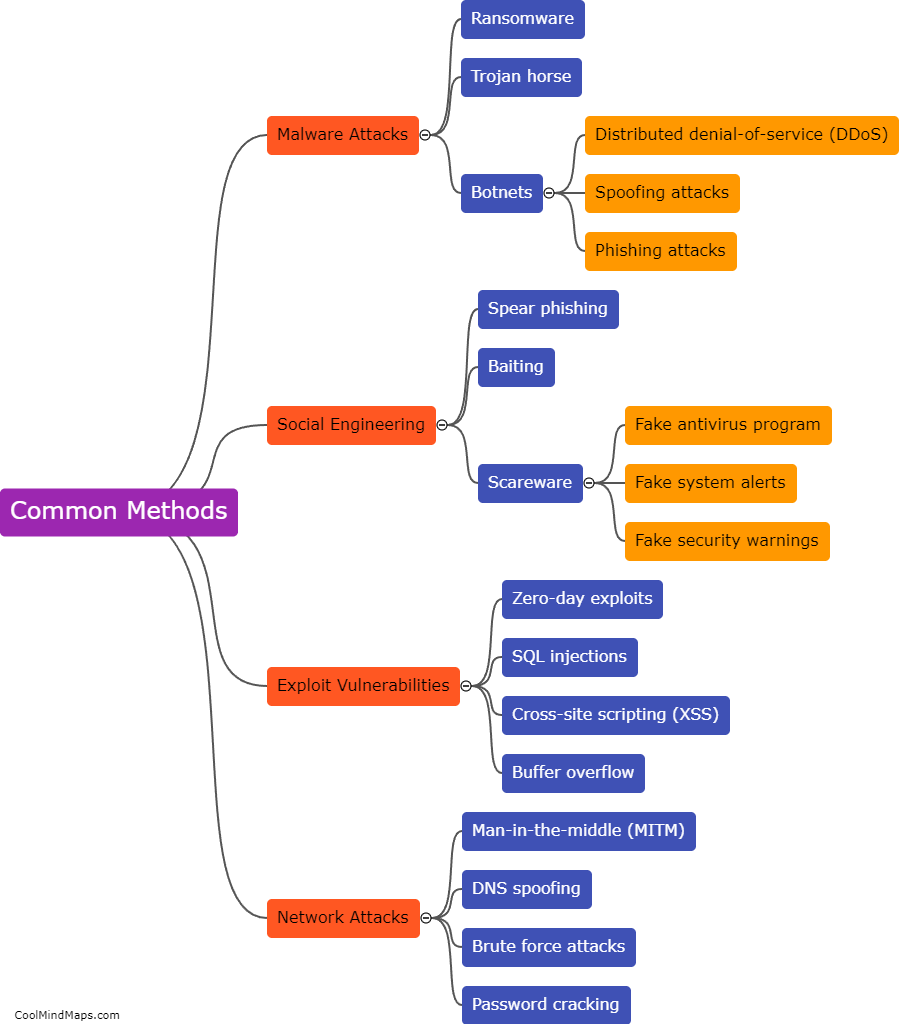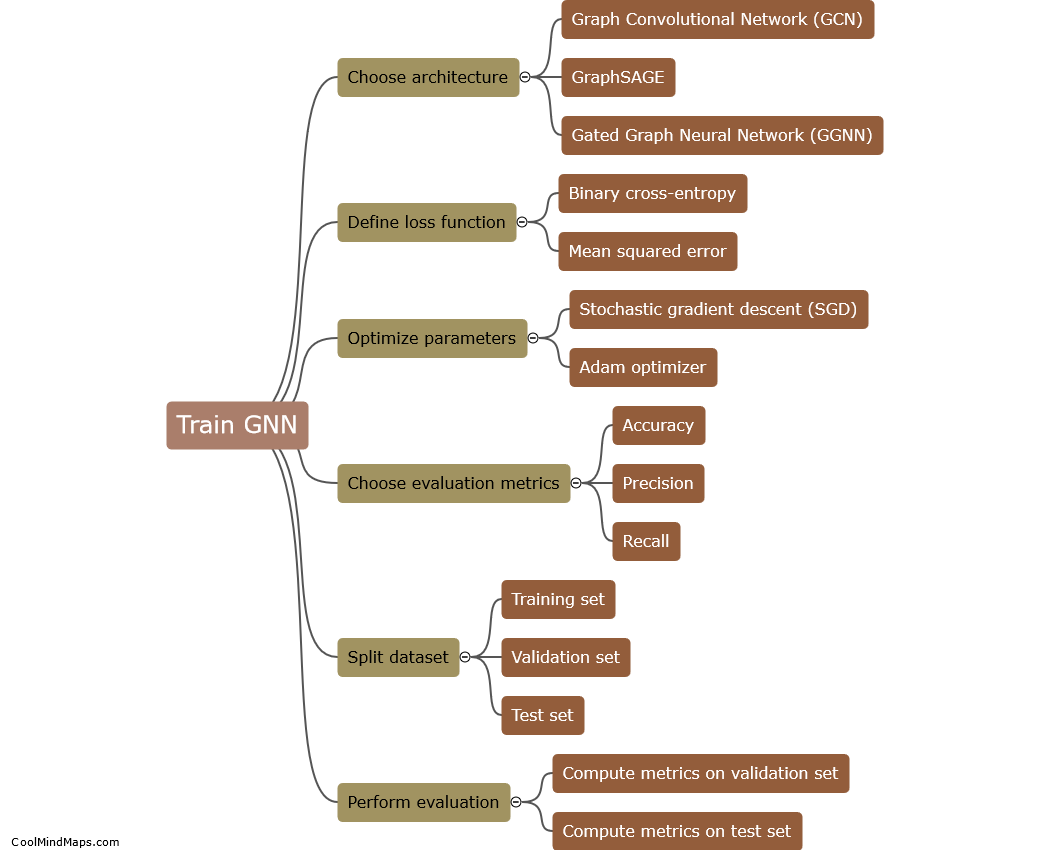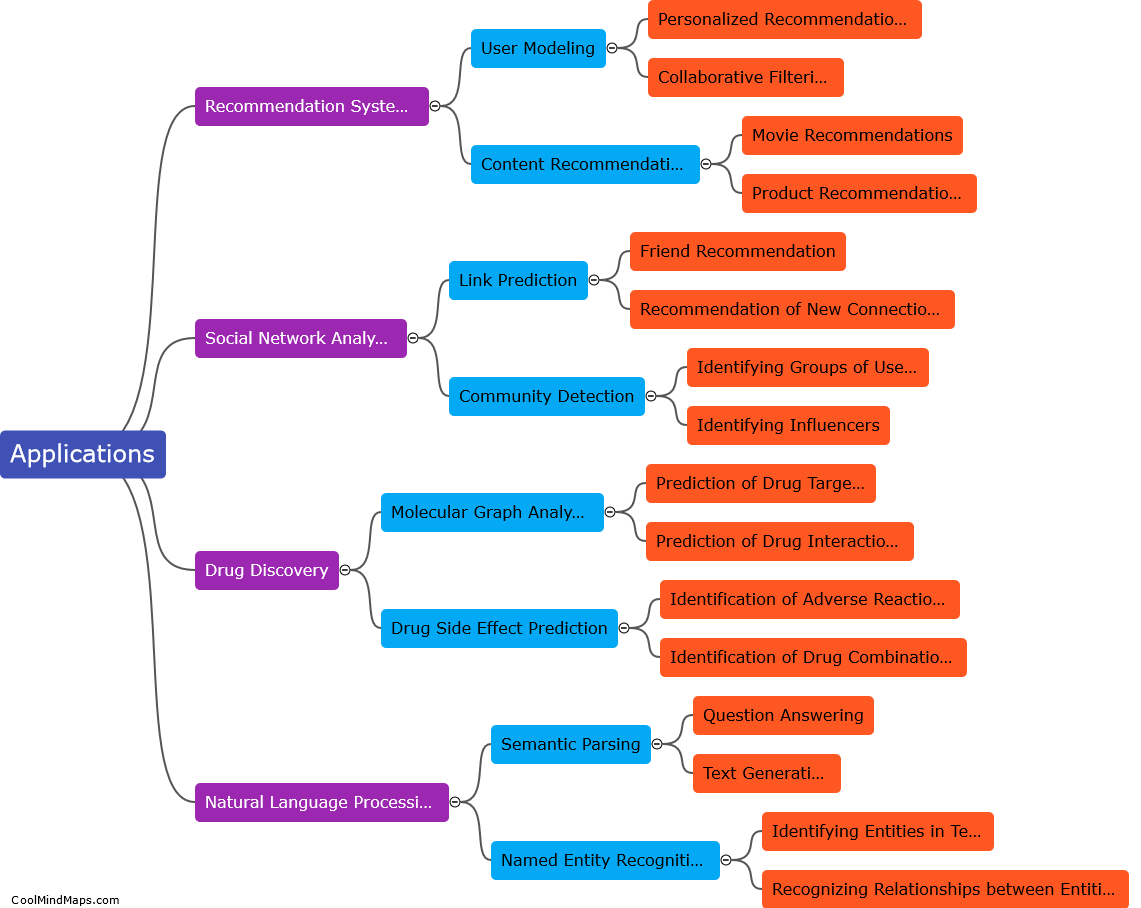What is the basic concept of graph neural networks?
The basic concept of graph neural networks (GNNs) lies in their ability to effectively model and analyze complex structured data, such as social networks, biological networks, recommendation systems, and knowledge graphs. Unlike traditional neural networks that operate on grid-like data structures, GNNs are designed to process and represent graph-structured data. GNNs leverage the connectivity patterns of nodes and their associated features to perform inference tasks, such as node classification, link prediction, and graph classification. They achieve this by recursively aggregating information from neighboring nodes and updating the node representations accordingly. This allows GNNs to capture the relational dependencies and structural patterns inherent in graphs, enabling them to effectively analyze and make predictions on various real-world problems.

This mind map was published on 20 August 2023 and has been viewed 97 times.











